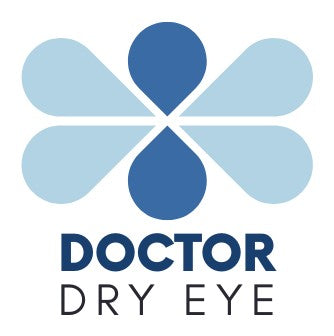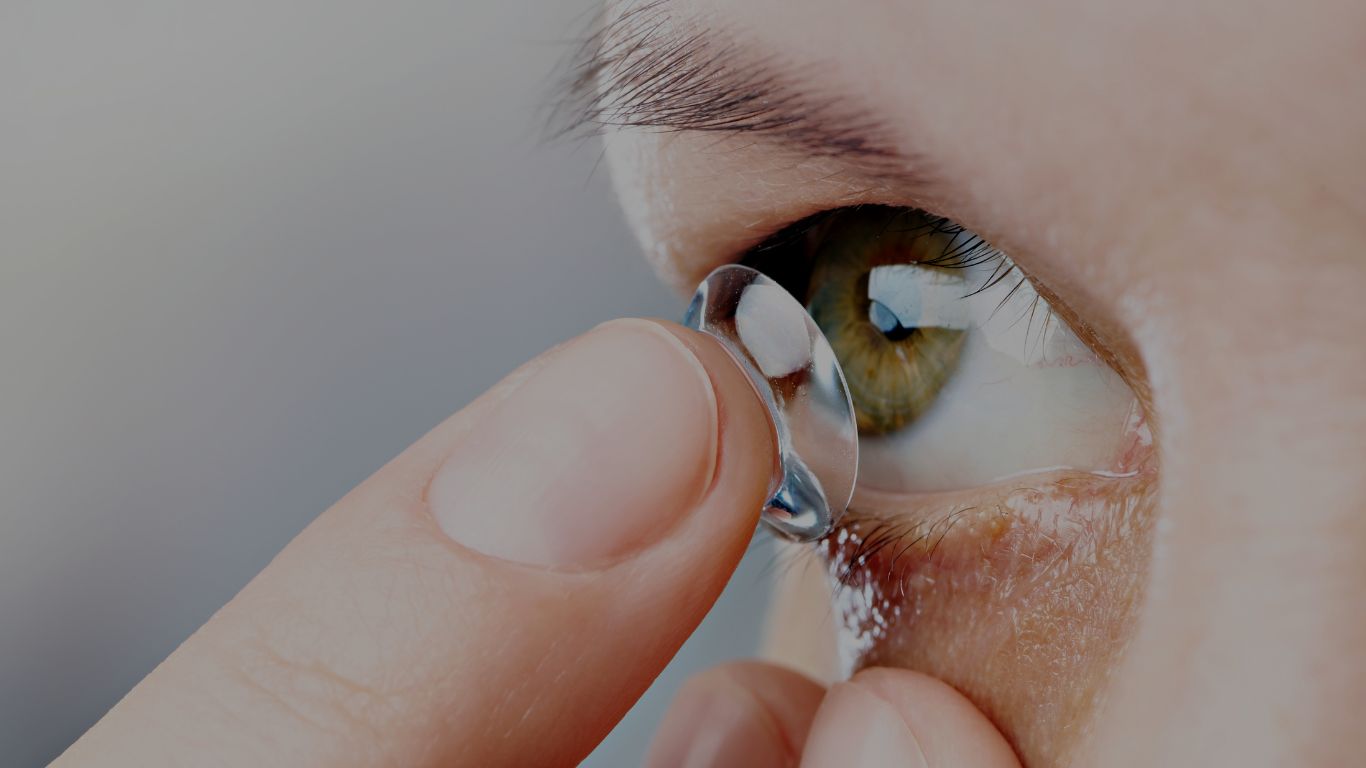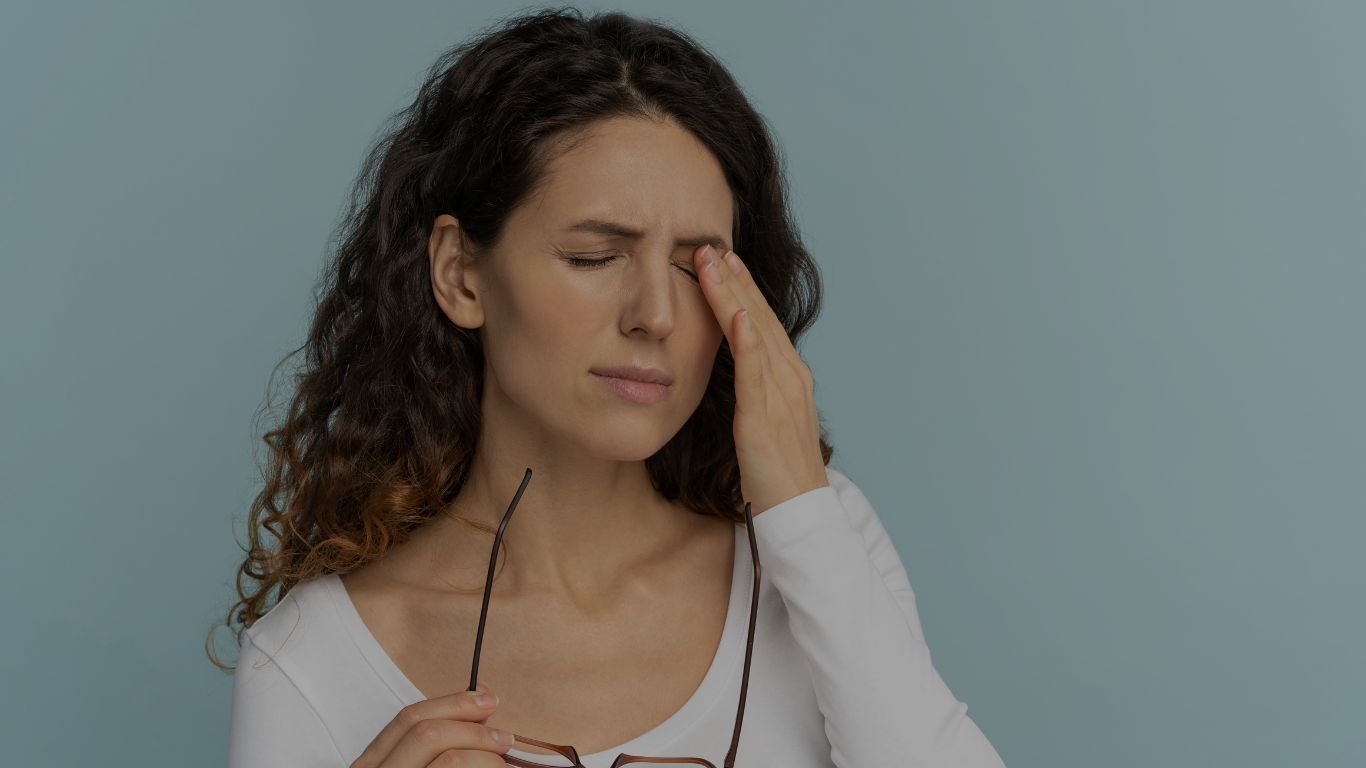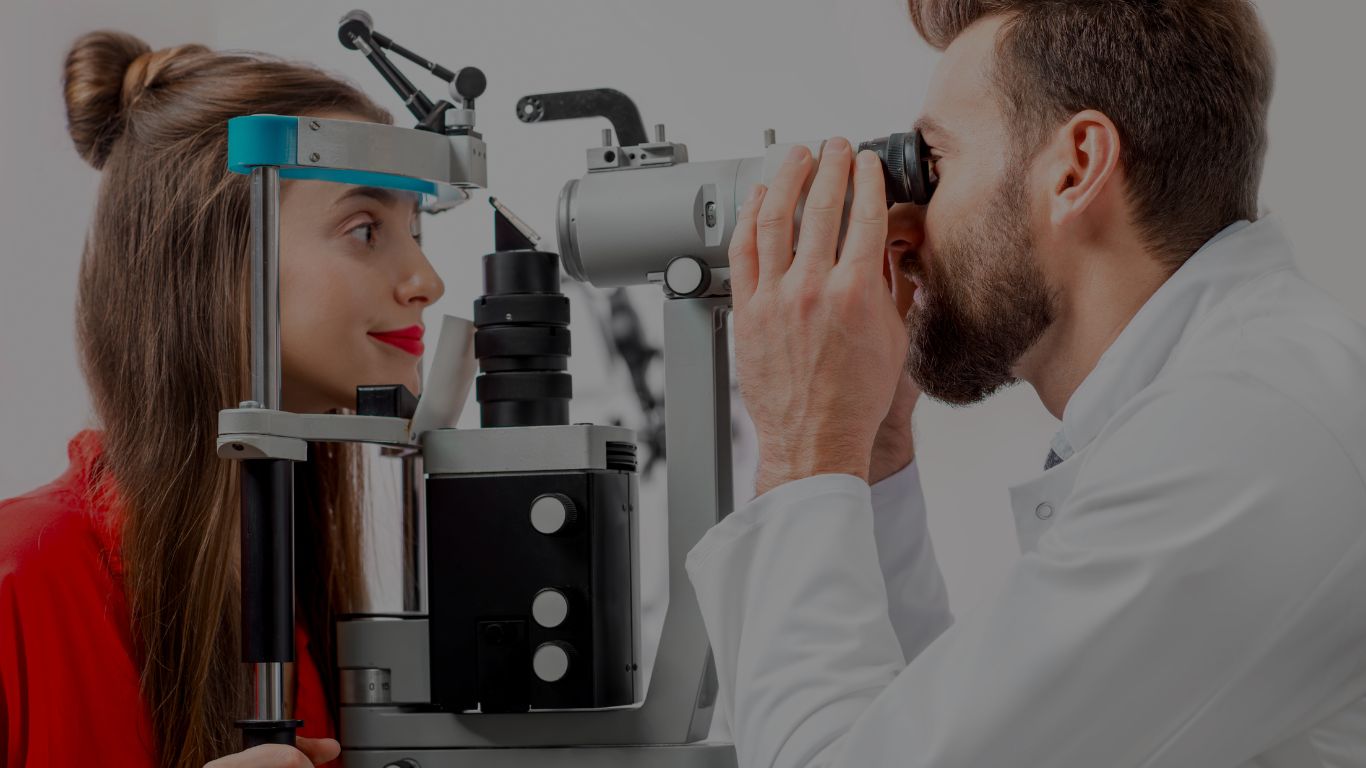Introduction
Dry eyes are one of the most common problems that contact lens wearers have. Do contacts cause dry eyes? What can be done about it?
In this article, you’ll learn everything you need to know about contact lenses and dry eyes. Let’s get started.
Do Contact Lenses Cause Dry Eyes?
First of all, it's important to understand what causes dry eyes. Dry eyes occur when the tear ducts don't produce enough tears, or the tears evaporate too quickly, leaving the eyes feeling dry and irritated.
Wearing contact lenses can exacerbate this issue because the lenses can reduce the amount of oxygen that reaches the cornea, leading to dryness. Additionally, contact lenses can cause friction against the cornea and irritation, which can further contribute to dry eye symptoms.
However, it's not just the contact lenses themselves that cause dry eyes. Other factors, such as the environment, medications, and certain health conditions, can also play a role in the development of dry eyes. For example, if you work in an air-conditioned office or spend a lot of time in front of a computer screen, this can cause dry eye symptoms to worsen. Additionally, certain medications, such as antihistamines, can also contribute to dry eyes.
It's important to keep in mind that not all contact lens wearers will experience dry eyes. It all depends on the individual's underlying factors, such as their eye health, tear production, and overall health.
How To Treat Dry Eye Caused By Contact Lenses?
If you experience dry eyes while wearing contact lenses, there are several things you can do to manage your symptoms.
These include using artificial tear drops, adjusting the frequency of lens wear, and switching to a different type of contact lens. In some cases, switching to daily disposable contact lenses can be particularly helpful, as these lenses are replaced every day, reducing the amount of friction and irritation on the eyes.
Artificial Tears
Artificial tear eye drops are the most common simple, safe, and effective starting treatment for most patients.
Choosing a brand that doesn't have unnecessary additives or irritants will give you the most relief.
Contact Lens Hygiene
Contact lens hygiene is one of the most important factors in decreasing dry eye symptoms.
This refers to cleaning, storing, and disposing of your contact lenses appropriately.
When contacts are worn for too long, proteins and bacteria can build up on the lenses. These can be irritants to the eyes. Cleaning them properly and disposing of them when you are supposed to will minimize these symptoms.
Wearing the Right Brand
There are many different brands of contact lenses on the market. In general, daily disposable lenses are the best for limiting the build-up of proteins that can occur with extended-wear lenses.
Best Contacts Lenses For Dry Eyes
There is no “one-size-fits-all” answer here. In general, we recommend daily wear contact lenses.
Wearing daily disposable lenses ensures that a sterile new contact goes in your eye every day. This minimizes the risk of protein and bacteria build-up on the lenses. Avoiding these irritants can lead to improved comfort.
Wearing contact lenses with high oxygen permeability is another important factor. Increased oxygen to the surface of the eye is typically better.
Some brands that meet these criteria:
Dailies AquaComfort Plus
Dailies Total 1
1-Day Acuvue Moist
-
Acuvue Oasys 1-Day

Worst Contact Lenses For Dry Eyes
We’re not going to call out any specific brands here. There is not one brand that is the overall worst for every patient.
In general, contacts that are worn overnight or stored overnight for extended periods of time may result in greater dry eye symptoms compared to daily disposable contacts.
Contact lens hygiene is important to avoid dry eye symptoms.
Ultimately, this is a discussion that must be had with your contact lens doctor, as the fit of the lens on your eye is also extremely important.
Pain From Contacts Isn’t Always Dry Eyes
This is important!!! Many contact lens wearers have symptoms of pain or irritation and they assume it is dryness.
There are severe, potentially blinding infections that can result from contact lenses. In the setting of good hygiene, they are quite rare. However, virtually everyone has slept in their contacts at one time or another. No one is perfect, which makes conditions like the following all too common.

CLARE
CLARE stands for “Contact Lens Associated Red Eye”.
CLARE, also known as “Contact Lens Associated Red Eye”, is a common condition among contact lens wearers. It is characterized by pain, redness, itching, burning, and tearing in the eye. CLARE can be very uncomfortable and can even lead to serious vision problems if not treated promptly.
CLARE must be distinguished by a doctor from corneal ulcers. The symptoms of CLARE and ulcers are very similar. New onset of red and painful eyes always warrants an immediate visit to an eye doctor for prompt diagnosis and treatment.
Prevention of CLARE is key, and there are several steps that contact lens wearers can take to reduce their risk of developing this condition. Firstly, it is important to properly clean and disinfect contact lenses. This helps to eliminate any bacteria or fungi that may have accumulated on the lenses and prevents the spread of infection to the eye.
Corneal Ulcers
A corneal ulcer is a painful and potentially blinding infectious eye condition that can occur in contact lens wearers. Contact lens associated corneal ulcers are caused by bacterial or fungal infections that develop on the cornea, the clear outer layer of the eye. These infections are often the result of poor contact lens hygiene, such as wearing dirty or expired lenses, sleeping in contacts, or not cleaning lenses properly after each use.
To prevent contact lens associated corneal ulcers, it is essential to practice good contact lens hygiene. This includes properly cleaning and disinfecting lenses after each use, avoiding extended wear, and never sleeping in contacts. It is also important to replace lenses as directed by your eye care professional.
If you develop a corneal ulcer, it is important to seek medical attention immediately. Your eye care professional may prescribe antibiotics or antifungal medications to help clear up the infection. You may need to discontinue wearing contact lenses until the ulcer has fully healed.
Corneal ulcers can be severe, causing permanent vision loss, and blindness, and in some cases, a corneal transplant may be necessary to restore vision.
"Corneal ulcers caused by contact lenses can cause severe permanent vision loss. A red, painful eye in a contact lens wearer is an emergency.”
Alternatives To Contacts If Dry Eye Too Bad
What if you can’t find a comfortable pair of contact lenses? Are there options aside from wearing glasses?
Yes. For many patients vision correction surgery is an option. Many contact lens wearers who have irritation find that the contacts were the cause of their problem. After having a procedure like LASIK or ICL, they are free from contact lenses and the associated irritation.
This is, of course, a decision to make with your doctor. If you have dry eyes for other reasons, such as active auto-immune disease, or require long-term medications that dry your eyes, then some procedural options may not be suitable.
Summary
Contact lenses and dry eyes go together in many patients. It’s much more common than anyone would like. We hope this article gave you a great overview of the symptoms, preventative steps, and treatment options for contact lenses and dry eyes.




